Effective landscape lighting design can transform your drab and dreary lawn to a sleek and stylish garden in just a snap. However, poor management of landscape lighting fixtures can drastically shorten its lifespan.
To make sure that your landscape lighting is always in tiptop shape, consider doing minor maintenance from time to time. Find out what makes your outdoor lighting tick so you can address any issues right away.
Landscape Lighting Issues
Landscape lighting companies often offer maintenance services for outdoor lighting installations. However, before calling them up, you first have to identify the problem and determine its possible causes.
- Problems
Before calling in your local landscape lighting contractors to fix your bulbs, here are the commonly encountered problems.
- Socket Fails
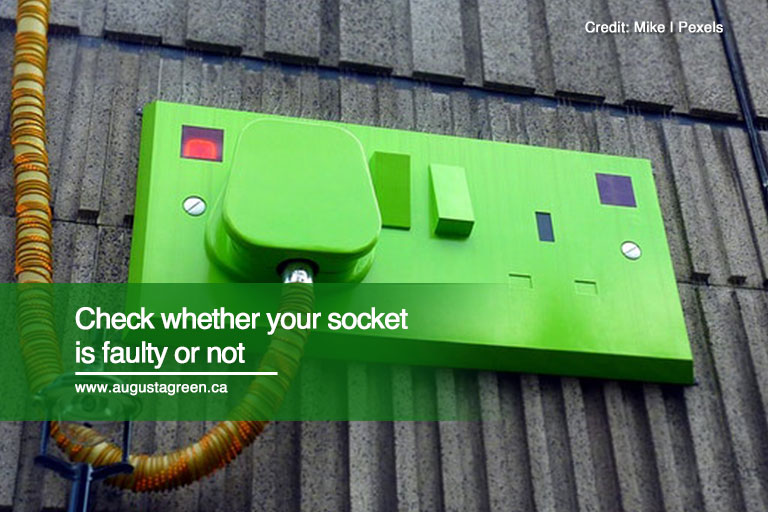
If your lights still fail even though you have brand new bulbs and a secure wiring connection, then it’s probably caused by faulty sockets. Compromised socket seals may contribute to the total voltage it could provide, which could lead to overload or ignition.
Water or other particles may have gone inside the socket causing it to go haywire. Whatever the case, before opening and fixing the socket connections, make sure that your household electric safety plank is turned off.
- Bulb Burn Out
Lights that simply do not turn on could be caused by several factors. However, it’s more likely due to burned-out bulbs. Compared to traditional incandescent bulbs which sputter as the actual filaments burn out, LED bulbs will slowly get dimmer over time, which is called lumen degradation.
This gradually happens as the light emitting diodes slowly fail and malfunctions, and eventually the entire bulb goes out. One way to avoid that is to keep your outdoor bulbs covered or in the shade during the day to avoid overheating.
However, it is important to note that LED bulbs nowadays last much longer than older varieties. So, if your LED bulbs suddenly go out, even though it’s brand new, there could be other underlying issues.
- Wiring Misconnections
Parallel and series electrical circuit connections have their own benefits and disadvantages. However, both are equally susceptible to damage and misconnections. One of the signs that your wiring has been compromised is when only a few bulbs aren’t working in the house but others are.
These malfunctions are attributed to unmanaged connections. How do they occur? They may be due to a botched DIY approach, rodent problems, or basic human error. When your connections lack a heat shrink, grease tube, or copper crimps, then its probability of issues is higher.
- Short Circuits
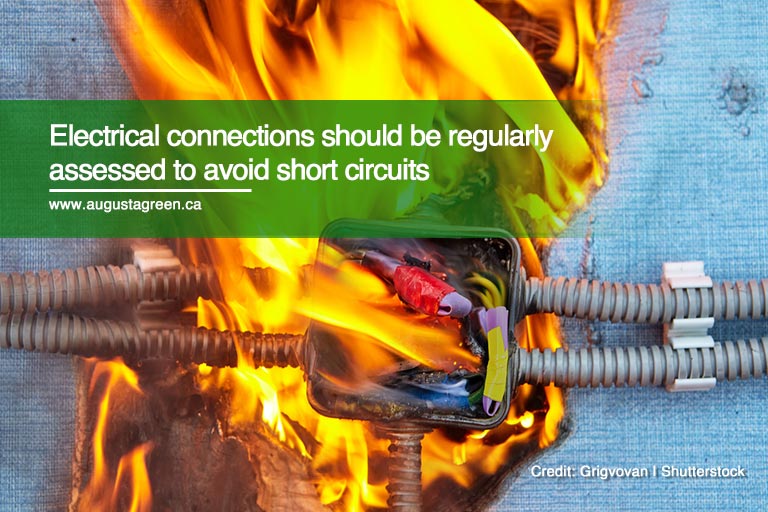
One of the most obvious signs of short circuit connections is when all your bulbs simply won’t turn on. Now this problem is a bit trickier, since there are plenty of factors that need to be considered.
From broken beakers, GFCI outlets, wrong transformer amperage, or misread bulb voltage, they could all possibly have been the root to your electrical short circuit. However, to accurately determine which one is the culprit, it’s best to dial your local landscape lighting designer or service technician so they can assess the situation.
- Lack of Waterproofing
One of the most common problems to be dealt with in solar pathway lighting or outdoor lights is inadequate waterproofing for wiring. This is an often overlooked aspect that can cause short circuits and endanger your family. Weather-proofed wires can be a bit heavier on the budget, but safety does not have a price.
- Poor Lighting Planning
Professional landscape lighting designs in Canada always play to the natural glow of the Great White North’s environment. They take into account the natural glow of the sunset, stars, and moon.
Going the DIY route, however, can lead to poor planning, which may mean you end up with more fixtures than necessary. Not only does it undermine the natural aesthetic because of the excess of light, but it also comes with higher voltage, and an increased risk of overheating and misconnections. Poor lighting planning can overload your circuits and can cause several problems later.
- Misread Voltage
There are two main things to consider when installing your outdoor lighting – current and voltage. Both of them are crucial when it comes to evaluating the safety of your connections. If your bulb’s voltage does not match the socket’s voltage, or your circuit is running on too many amperes, then it could simply not turn on. Or, it could be a fire accident waiting to happen.
- Tripping of Circuit Breaker
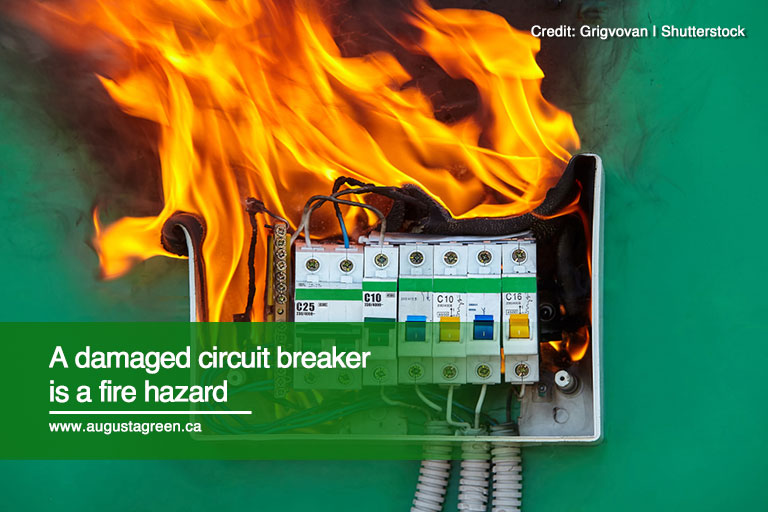
Severed wires and tripped circuit breakers can dim your lights, or worse be a fire hazard. One of the signs to look out for is when an entire section of your home’s lighting is not working. Be it your front garden, or backyard, the first thing to do is turn off the electrical power source and check if your circuit has been compromised.
- Solutions
Outdoor lighting dilemmas can easily be avoided by doing preemptive steps. These preventative solutions include:
- Bulb Replacement
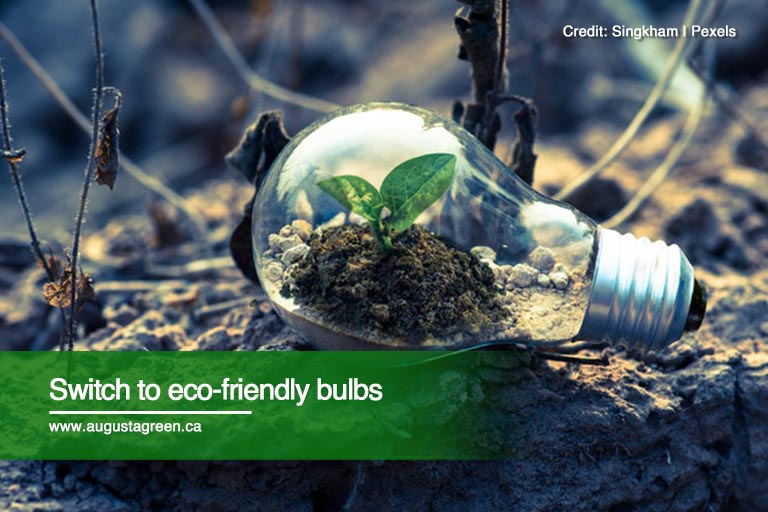
Modern LED bulbs now have longer shelf lives than older models. If your landscape outdoor lighting still uses outdated lights, you can always update them and switch to earth-friendly types. Not only do they save you more money, but they are more eco-friendly and will prevent the disruption of the insects’ natural circadian rhythms. Other options can include differently coloured lenses and filters.
- Wipe Until Spotless
With your outdoor lighting newly installed, one of the main responsibilities that need regular attention is cleaning them regularly. Metal and plastic components of landscape lighting fixtures can be prone to rust and gunk build-up.
To avoid any deterioration and further damage, try wiping its parts with a dry rug with distilled vinegar. Its natural acidity can quickly remove the stains and for a sleek finish, you can always add some metal wax.
- Fixture Correction
The way your fixtures are positioned can heavily affect your outdoor lighting aesthetic. It needs to be professionally placed in a way that expands your space. Fixture placement should highlight empty spaces and enhance the layout of your garden.
However, they should also be done in a meticulous manner that does not interfere with other outdoor fixtures and appliances like your lawnmower and sprinklers.
- Lense Cleaning
Your outdoor bulbs’ glass lenses are one of the main components that magnify the effects of your landscape lighting. To ensure that they are in full effect and glows as brightly as possible, regularly clean the lenses with a CLR cleaner and a dry rug.
This simple daily task can strengthen your bulb’s lumens right away. Furthermore, this also helps you inspect for cracks and needed repairs on the actual lenses.
- Check the Cables
Exposed cables are more susceptible to damage. This vulnerability increases with outdoor lighting fixtures as they are more exposed to weather changes and other burrowing animals.
During the installation of your landscape lights, double-check if they are properly buried and stored. If they ever get exposed, hire an expert electrician to rebury them with greater care.
- Clear the Debris
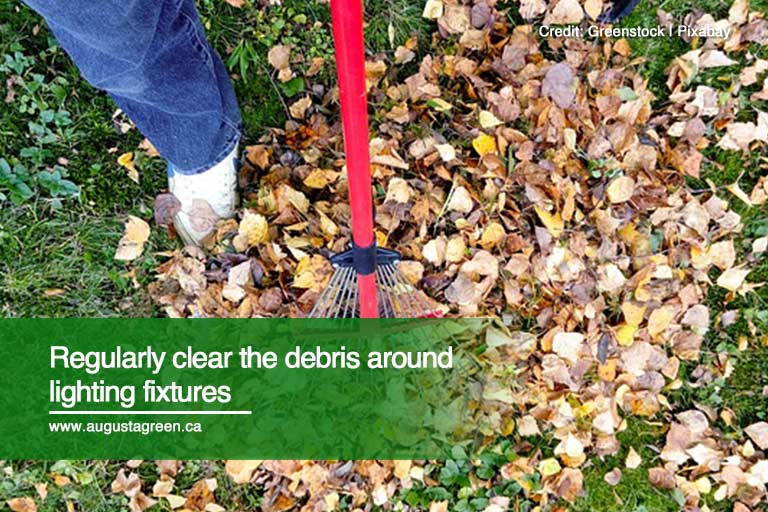
From mud, leaves, dirt, and twigs, plenty of debris can gather around your lighting fixtures. This build-up of litter can disrupt the illumination of your bulbs. To avoid any fire hazards and at the same time improve the efficiency of your bulbs, have a quick sweep of your lawn and clear it of debris.
- Fixture Check-up
Corrosion, metal dents, broken lenses, and many more damages can be easily found in unmanaged and unchecked outdoor fixtures. Exposed to the elements, they are more prone to gradual deterioration than indoor bulbs. To avoid this, do a weekly check-up of your landscape bulbs to fix minor issues.
- Trim the Bushes
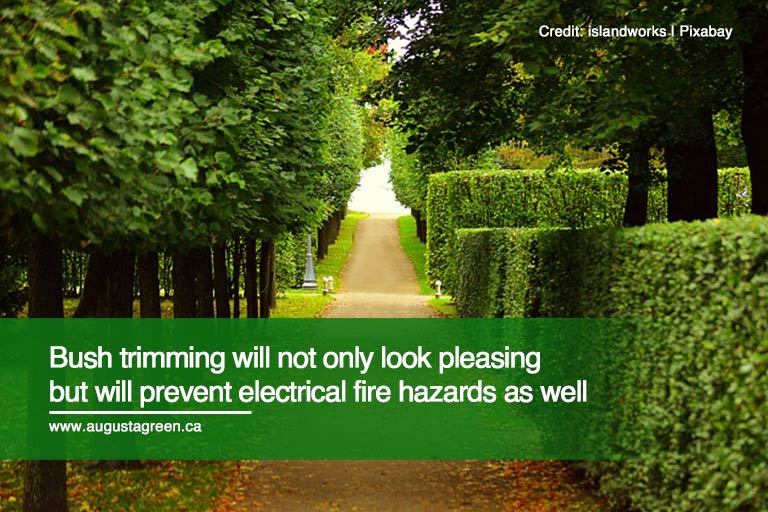
Shrubs and vines growing around your fixtures are hazardous. On the surface, it can block off the light that it’s supposed to give. However, it could serve as fuel for combustion and unintentionally create fires in your lawn. To avoid these tragic accidents, cut off precarious vines and regularly trim your garden.
Proper Landscape Lighting Installation
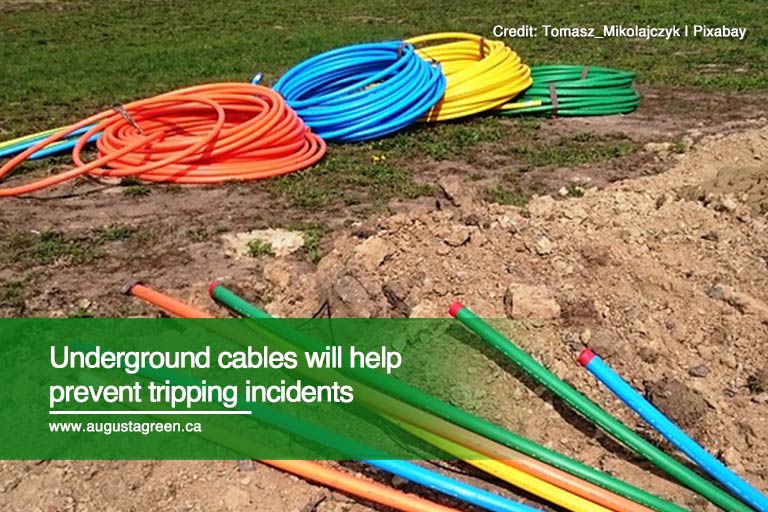
For a quick run-through on the proper way of outdoor lighting installation, you need to have adequate knowledge regarding electrical circuits. If you’re not really knowledgeable about it, then hiring a professional is advised. However, if you’re willing to go through the DIY route, here are the steps that can make sure that you are doing the right thing:
- You have to make a layout plan of your garden, and try to picture the end result. After this, you can then proceed on laying down the components and drafting how they would connect to the main electrical source.
- Next is the burying of the wires and protecting them from the elements. You can then plug the connections to the transformer, and securely attach the fixtures. You can soak the area with a little bit of water to encourage a more solid cohesion of the soil that protects the wire.
Maintenance of your outdoor lighting can be time-consuming, but dedicating your time to it can keep your home safe and save you more money down the road. However, it is important to note to always consult professional electricians and landscaping artists.
If you’re looking for landscape lighting companies near you, trust Augusta Green Sprinklers Inc. We know what the best landscape lighting design for your lawn is. We offer landscape lighting installation and maintenance services in Mississauga? Call us now at (416) 227-1666 or email us at admin@augustagreen.ca for a scheduled visit for assessment.

